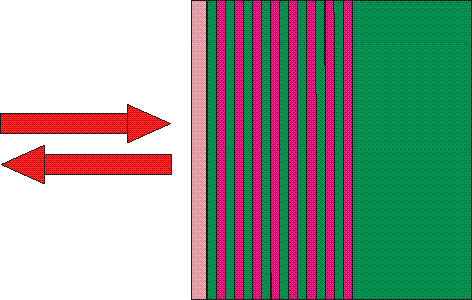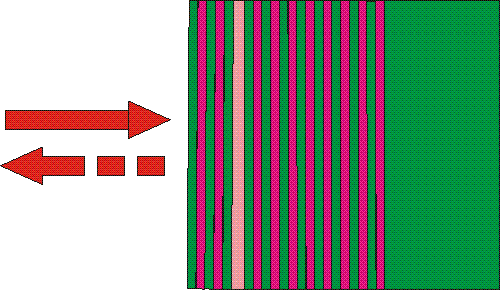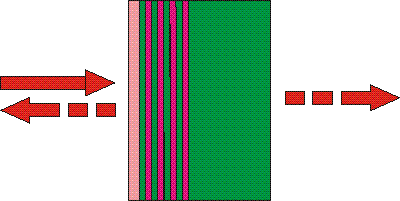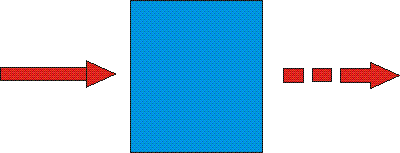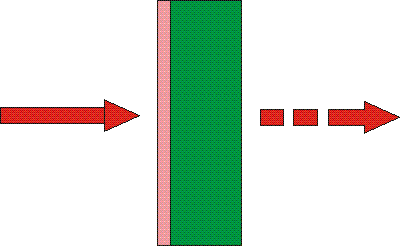> Laser > Microchip Laser | Fiber Laser Evaluation Kit 1030 nm | Mirrors & Filters
> Terahertz > THz Spectrometer | Photoconductive Antenna | THz Parts
> Custom Devices
 Saturable Absorber
Saturable Absorber
-> see poster "Saturable absorber" (pdf) and "Mounting types" (pdf)
SAM™ - Saturable Absorber Mirror
Saturable absorber mirrors are Bragg-mirrors with AlAs/GaAs quarter-wave stacks, grown on GaAs wafers with one or more low temperature GaAs (LT-GaAs) or LT-InGaAs films as saturable absorbers.
Our saturable absorber mirrors with carrier relaxation times in the picosecond range can be used for passive mode-locking and Q-switching of diode-pumped lasers. The design of the thin film stack can be adjusted to meet the requirements of different passively mode-locked lasers in the picosecond and femtosecond region.
RSAM™ - Resonant Saturable Absorber Mirror
The resonant saturable absorber mirror (RSAM) is designated to reshape an optical signal. An optical signal which propagates in optical fibers, communication nodes and other optical devices is subject to optical losses and is modified. After every amplification stage, which uses the stimulated optical emission process, the signal to noise ratio decreases as a result of the inevitable spontaneous emission.
The RSAM, included after an optical amplifier, decreases the noise floor and allows to pass the optical pulses unaffected due to the nonlinear-optical behavior.
SOC - Saturable Output Coupler
Using a saturable output coupler (SOC), a self-starting, passively mode-locked or Q-switched diode-pumped solid-state or fiber laser with a very simple layout can be arranged. The SOC is a combination of a saturable absorber mirror (SAM) with an output coupler.
SANOS™ - Saturable Noise Suppressor
The resonant saturable absorber mirror (RSAM) is designated to reshape an optical signal. An optical signal which propagates in optical fibers, communication nodes and other optical devices is subject to optical losses and is modified. After every amplification stage, which uses the stimulated optical emission process, the signal to noise ratio decreases as a result of the inevitable spontaneous emission.
The RSAM, included after an optical amplifier, decreases the noise floor and allows to pass the optical pulses unaffected due to the nonlinear-optical behavior.
SA - Saturable Absorber in transmission
The saturable absorber without a Bragg-mirror can be used for self-starting, passively mode-locking
of a laser in a similar way as a SAM, but it is working in transmission mode. It can be inserted for instance into
a fiber ring laser.
The saturatioon fluence of a SA is substantial higher then that of a SAM.
RSA - Resonant Saturable Absorber in transmission
The resonant saturable absorber can be used for passively mode-locking of a ring laser in a similar way as a SA. But it is a resonant device with the following special characteristics:
- Zero reflectance at the resonance wavelength for low intensity.
- Zero transmittance for all wavelengths outside the resonance.
- At the resonance wavelength increasing transmittance with increasing pulse fluence.
- The saturation fluence is substantial lower then that of a SA and even lower then that of a typical SAM.
The above mentioned characteristics allow the construction of a passively mode locked fiber ring laser with
- a laser wavelength fixed at the resonance wavelength of the RSA,
- and low power threshold for start of cw mode-locking.
